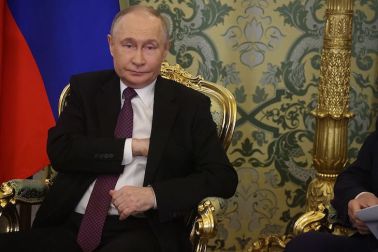
P.G. Morgan goes in search of the truth about the great director’s flight from the US courts — and uncovers some uncomfortable truths worthy of a scene in Chinatown
High above the heat and smog of Los Angeles, a small cardboard box sits on a shelf in LA’s Superior Court building awaiting its Hollywood moment. The handwriting on the box — P v Polanski #A334129 — has faded in the Californian sun. But the box’s contents — witness statements and lurid court depositions from Roman Polanski’s statutory rape case — remain as sensitive now as when they were filed away in February 1978.
The box was coaxed out of hiding for our film Roman Polanski — Wanted and Desired, a new documentary which examines Polanski’s decision to flee the United States after pleading guilty to unlawful sex with a 13-year-old girl. The director of Chinatown and Rosemary’s Baby was on the verge of being sentenced in 1978 when he hopped on a British Airways flight to London and then on to Paris. He never came back.
Thirty years on, the Polanski case remains a hot button issue in the US — and an immensely difficult one to film. Polanski himself declined to participate. (He sent us a fax to that effect in 2003. Unfortunately — or perhaps fortunately — we never received it.) It took five years of phone calls, emails and private meetings to persuade all the other participants to talk on camera — somewhat longer than it took the film’s director Marina Zenovich and I to date, get married and have our first child.
Our goal in Wanted and Desired was not to absolve Polanski or make excuses for his behaviour.







Comments
Join the debate for just £1 a month
Be part of the conversation with other Spectator readers by getting your first three months for £3.
UNLOCK ACCESS Just £1 a monthAlready a subscriber? Log in